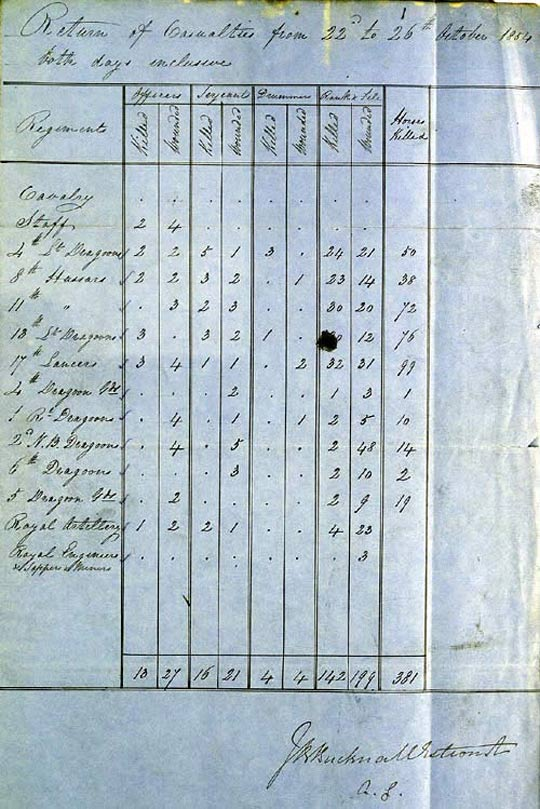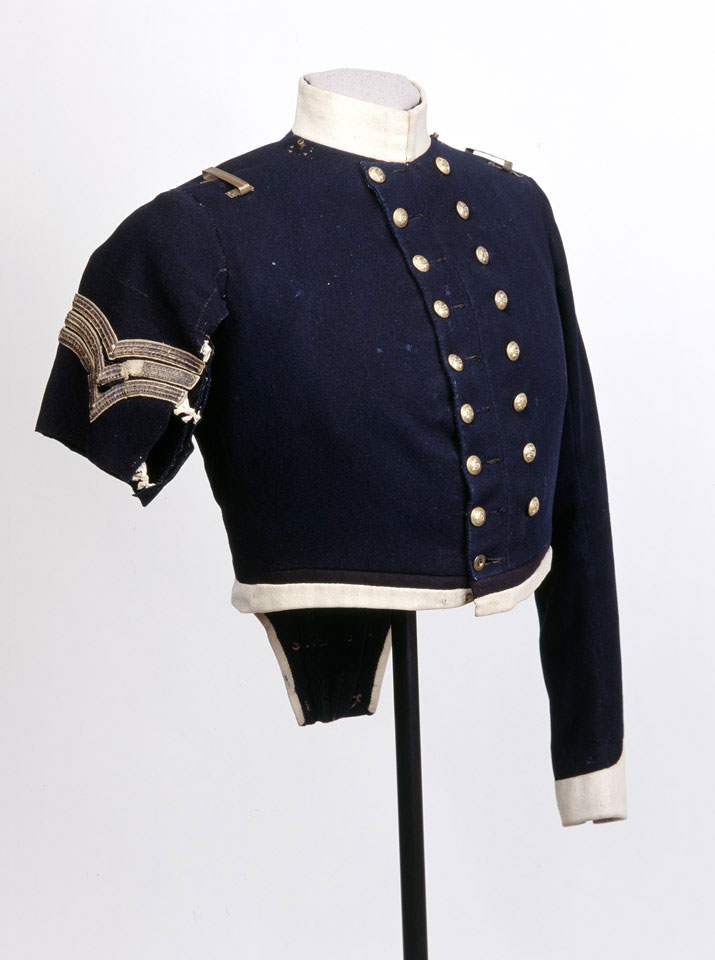Lord Raglan and the British high command were on the Sapoune Ridge where they could view the entire battlefield, both the valley with the Russians’ encampment (the North Valley), the valley with the British encampment (the South Valley), and the ridge in between (the Causeway). They had a clear view of the Russians taking the British cannons as they retreated down from the Causeway. Embarrassed at the prospect of losing weapons, Raglan dictated an order:
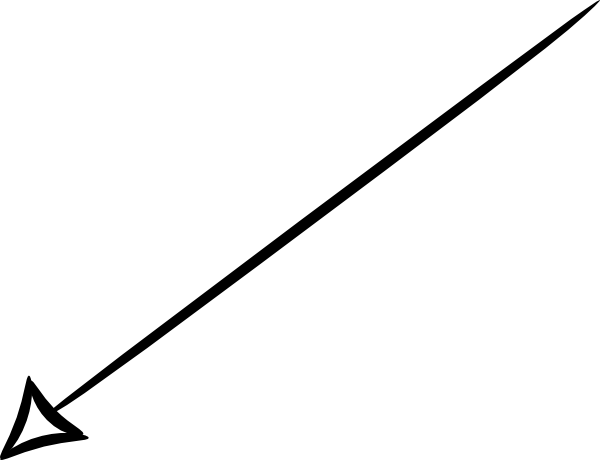
Misstep I:
Emotion over sense
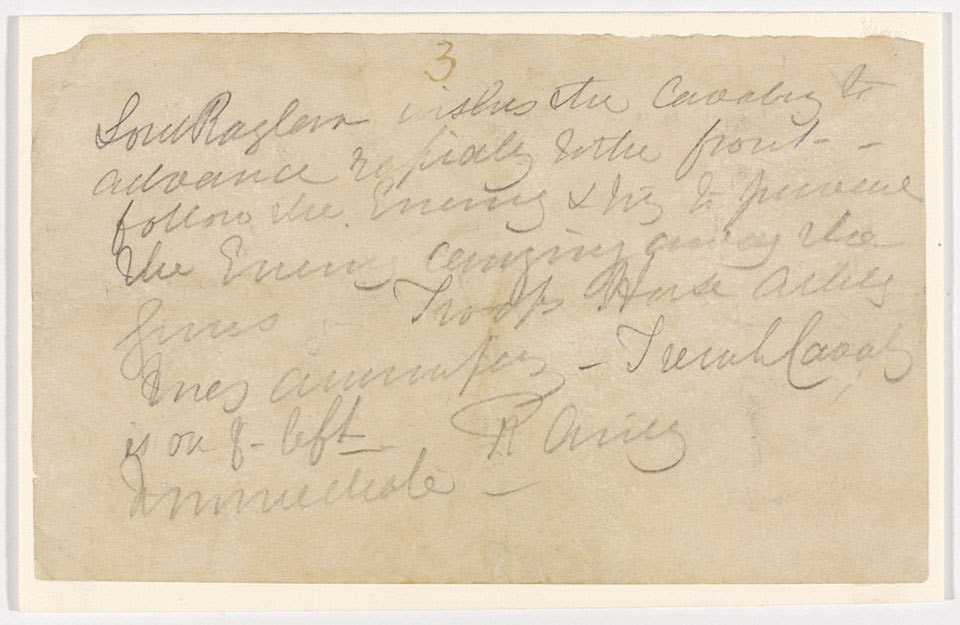
The order that launched the Charge of the Light Brigade, 1854, Collection of The National Army Museum
“Lord Raglan wishes the cavalry to advance rapidly to the front, follow the enemy & try to prevent the enemy carrying away the guns. Troop Horse Artillery may accompany. French cavalry is on your left. Immediate. R. Airey”
Misstep II:
No location of guns given

The urgent command was to be delivered by Captain Nolan, who was acknowledged as the fastest horseman available. Nolan galloped one mile down the steep embankment to deliver the order to Lord Lucan.
Lucan could not see up the Causeway Hill and asked for clarification regarding where the guns were located. In later statements made before the House of Lords, Lucan described his reaction as "Where? and to do what?". According to Lucan, Nolan flung his arm out towards the North Valley, saying, “There, my lord, is your enemy; there are your guns!".

Misstep III:
No clarity of instruction due to eagerness to fight
Misstep IV:
Does not ask for clarification or protest

Lucan misinterpreted which guns to protect, incorrectly assuming Raglan was referencing the ones at the end of the valley. Lucan dismissed Nolan and went to inform Lord Cardigan about Raglan’s order. Cardigan doubted the illogical command, but Lucan replied that it was a direct order that must be obeyed. Unwilling to challenge orders, Cardigan led the charge.

Misstep V:
Obedience over common sense
Unwilling to challenge orders, Cardigan led the charge.
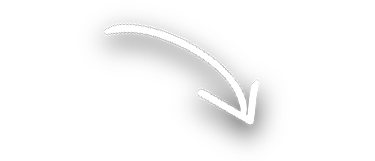
Misstep VI:
Obedience and unwilling to look like a coward in front of his brother-in-law
"I did not dare to disobey your Lordship; and it is the Opinion of every Officer of Rank in this Army to whom I have shown the written Order, that it was not possible for me to do so.”
"My Lord, I considered at the Time,—I am still of the same Opinion,—that I followed the only Course open to me. As a Lieutenant General, doubtless, I have discretionary Power; but to take upon myself to disobey an Order written by my Commander in Chief within a few Minutes of its Delivery, and given from an elevated Position, commanding an entire View of all the Batteries and the Position of the Enemy, would have been nothing less than direct Disobedience of Orders, without any other Reason than I preferred my own Opinion to that of my General, and in this Instance must have exposed me and the Cavalry to Aspersions against which it might have been difficult to have defended ourselves.”
~ Lord Lucan quotes from his testimony in front of the House of Lords, 1855
Nolan rode in directly behind Cardigan but pulled out in front waving his sword. He may have been trying to change the direction of the charge, but this is speculation as he was the first person shot. Thus, his version of events is all hearsay.
“We had ridden barely 200 yards, and were still at the trot, when poor Nolan’s fate came to him. I did not see him across Cardigan’s front, but I did see the shell explode of which a fragment struck him.”
- Private Wightman, 1892
